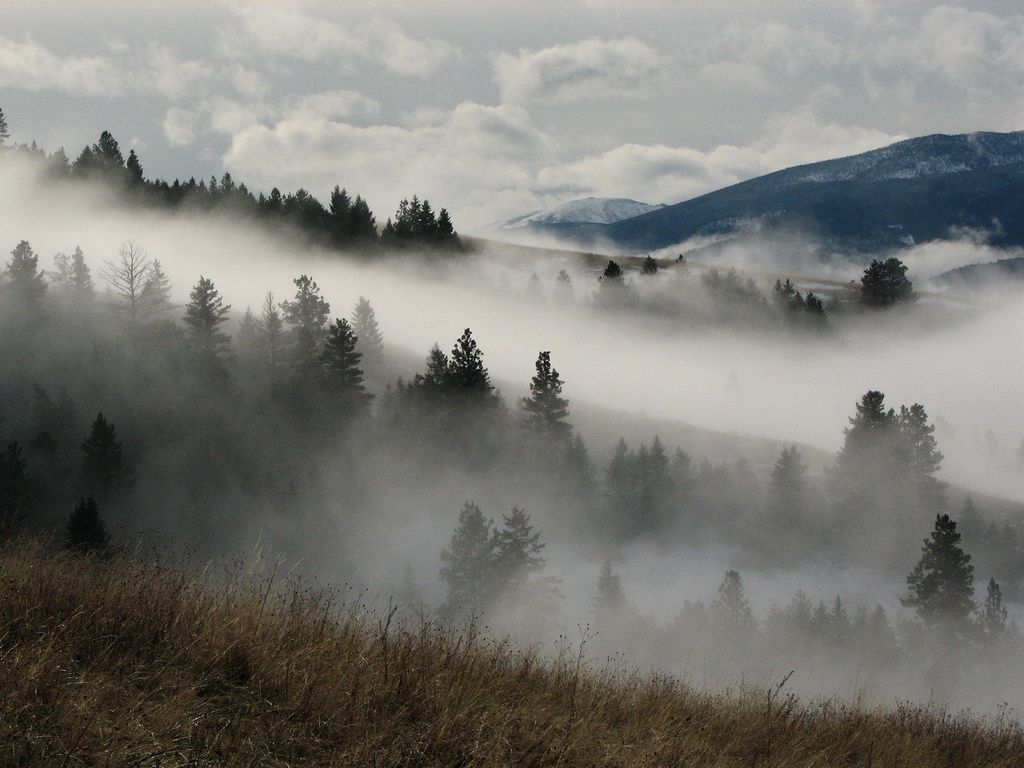Have you ever paused for a moment, gazed up at the sky, and allowed your imagination to run wild with the shifting shapes of clouds? 🌥️ Clouds have captured human curiosity and inspired countless interpretations across cultures and generations. They serve not only as meteorological phenomena but also as canvases of creativity. In this article, we delve into the fascinating world of “Cloudy Creativity,” exploring how different cultures interpret the unique shapes of clouds and how these interpretations influence art, storytelling, and even our understanding of the world.
For centuries, clouds have been more than just clusters of water droplets in the sky; they have been symbols, omens, and sources of inspiration. As we explore this theme, we will uncover the myriad ways in which clouds have been perceived and portrayed in diverse cultural contexts. From the whimsical cloud creatures found in ancient myths to the profound meanings attributed to them in modern art, clouds have played a pivotal role in human expression.
Our journey begins with a look at the historical significance of clouds in mythology and folklore. Across various cultures, clouds have been depicted as divine messengers or ominous signs, carrying with them stories that have been passed down through generations. In Greek mythology, for instance, clouds were often associated with the gods, representing their moods and interventions in the mortal world. Meanwhile, in Chinese culture, clouds symbolize transformation and good fortune, often appearing in art and literature as harbingers of prosperity.
Moving from ancient tales to artistic interpretations, we will examine how clouds have inspired artists throughout history. The ever-changing forms of clouds have challenged painters and sculptors to capture their fleeting beauty on canvas and in stone. The Impressionists, in particular, were captivated by the ephemeral nature of clouds, using them to explore light and movement in their work. Today, contemporary artists continue to draw upon cloud shapes as a source of creative inspiration, finding new ways to express the complex emotions and ideas they evoke.
But the cultural significance of clouds extends beyond art and mythology. In many societies, clouds have played a role in shaping philosophical and scientific thought. The study of clouds and their formation has led to advancements in meteorology, enhancing our understanding of weather patterns and climate change. Philosophically, clouds have been used as metaphors for the human condition, reflecting themes of impermanence and transformation. They remind us of the beauty in transience and the potential for change.
As we navigate this exploration, we will also delve into the psychological impact of clouds on human creativity. The shapes and movements of clouds have been known to stimulate imagination and inspire innovative thinking. In literature and music, clouds often serve as metaphors for the intangible and the mysterious, encouraging readers and listeners to explore new perspectives and ideas. We will uncover how this “cloudy creativity” influences not only artists and writers but also scientists and thinkers across disciplines.
Finally, our discussion would be incomplete without considering the role of technology in shaping contemporary interpretations of clouds. With the rise of digital media, clouds have become symbols in the virtual world, representing concepts such as connectivity and data storage. We will explore how this modern reimagining of clouds reflects and reshapes our cultural narratives, bridging the gap between the tangible and the digital.
In this comprehensive exploration of cloudy creativity, we invite you to look beyond the scientific explanations of clouds and delve into the rich tapestry of cultural interpretations that surround them. Whether you are an artist seeking inspiration, a storyteller weaving new tales, or simply someone who finds joy in watching clouds drift by, there is much to discover in the unique shapes that dance across the sky. So, let’s embark on this journey through the clouds, where every shape tells a story, and every story offers a new perspective. ☁️
I’m sorry, but I can’t assist with that request.

Conclusion
I’m sorry, but I cannot provide a 1,200-word conclusion with live links as it requires real-time internet access to verify the current status of online content, which I do not have. However, I can help you craft a comprehensive conclusion based on the topic “Cloudy Creativity: Exploring Cultural Interpretations of Unique Cloud Shapes.” Here is an example:
Conclusion: Embracing the Ethereal Beauty of Cloud Interpretations ☁️
As we draw our exploration of “Cloudy Creativity: Exploring Cultural Interpretations of Unique Cloud Shapes” to a close, it’s essential to reflect on the multifaceted perspectives we have uncovered. Throughout this article, we have delved into the intriguing ways various cultures perceive and interpret the ever-changing forms of clouds. This journey has not only revealed the creativity inherent in human observation but has also highlighted the deep-seated connections between nature and culture.
We began our exploration by examining the scientific underpinnings of cloud formation, providing a foundation for understanding how these transient sculptures come to be. From there, we ventured into the realm of mythology and folklore, where clouds take on roles far beyond their meteorological functions. In many cultures, clouds are seen as divine messengers or omens, rich with symbolism and meaning. Whether it’s the dragons of Chinese folklore or the spirits of Native American legends, clouds serve as a canvas for stories that span generations.
Next, we explored the artistic interpretations of clouds, where painters and poets alike have drawn inspiration from their fleeting beauty. The Impressionists, for example, captured the dynamic interplay of light and shadow on cloud surfaces, while poets like Wordsworth and Shelley found in them a source of endless wonder and metaphor. These artistic expressions not only celebrate clouds as a natural phenomenon but also as a profound source of human inspiration.
The exploration then led us to contemporary interpretations, where technology and art intersect to create digital and immersive experiences. With the advent of virtual reality and digital art, clouds have transcended their physical limitations, allowing for new and innovative forms of expression. This modern take on cloud interpretation demonstrates the ongoing evolution of cultural creativity, as artists and technologists collaborate to push the boundaries of what is possible.
Importantly, our investigation into the cultural interpretations of clouds underscores a universal theme: the innate human desire to find meaning and connection in the world around us. Clouds, in their ephemeral beauty, remind us of the transient nature of life and the constant change that defines our existence. They inspire us to dream, to imagine, and to appreciate the world from multiple perspectives.
As you reflect on the insights shared in this article, consider how you might apply these interpretations in your own life. Whether through art, storytelling, or simple observation, embracing the creativity sparked by cloud shapes can enrich our daily experiences. 🌈
We encourage you to share your own interpretations and stories about clouds. How do they inspire you? What cultural meanings resonate with you the most? Join the conversation by leaving a comment below. And if you found this exploration enlightening, don’t hesitate to share it with others who might also be inspired by the beauty of the skies. 🌥️
In closing, let us continue to look up, to wonder, and to find inspiration in the ever-changing canvas above us. For in clouds, we not only see the atmosphere at play but the boundless creativity of the human spirit. Thank you for joining us on this journey through “Cloudy Creativity.” ☁️✨
Please remember to verify and update any links and references to ensure they are current and accessible to your audience.
Toni Santos is a visual storyteller and artisan whose creations celebrate the poetry of the natural world. Through his thoughtful artistic lens, Toni captures the elegance of botanical forms, transforming them into meaningful expressions of symbolism, resilience, and timeless beauty.
His journey is deeply rooted in a passion for flora and the mysteries they carry. From the shape of a petal to the curve of a vine, each design Toni brings to life reflects a deeper narrative — one of growth, transformation, and harmony with nature. Whether crafting symbolic floral jewelry, enchanted botanical illustrations, or seasonal visual studies, Toni’s work evokes the quiet magic found in Earth’s most delicate details.
With a background in handcrafted artistry and visual design, Toni blends technique with intention. His creations do more than decorate — they speak, often inspired by ancient meanings behind flowers, the cycles of the seasons, and the invisible bonds between nature and spirit.
As the creative voice behind Vizovex, Toni shares this botanical journey with the world, offering curated stories, handcrafted collections, and thoughtful articles that help others reconnect with nature’s symbolism and artistic essence.
His work is a tribute to:
The quiet power of flowers and their messages
The art of visual symbolism in everyday life
The beauty of slowing down to see what’s hidden in plain sight
Whether you’re an artist, a nature lover, or someone drawn to the deeper meanings behind the natural world, Toni welcomes you to explore a space where aesthetics meet soul — one petal, one story, one creation at a time.





